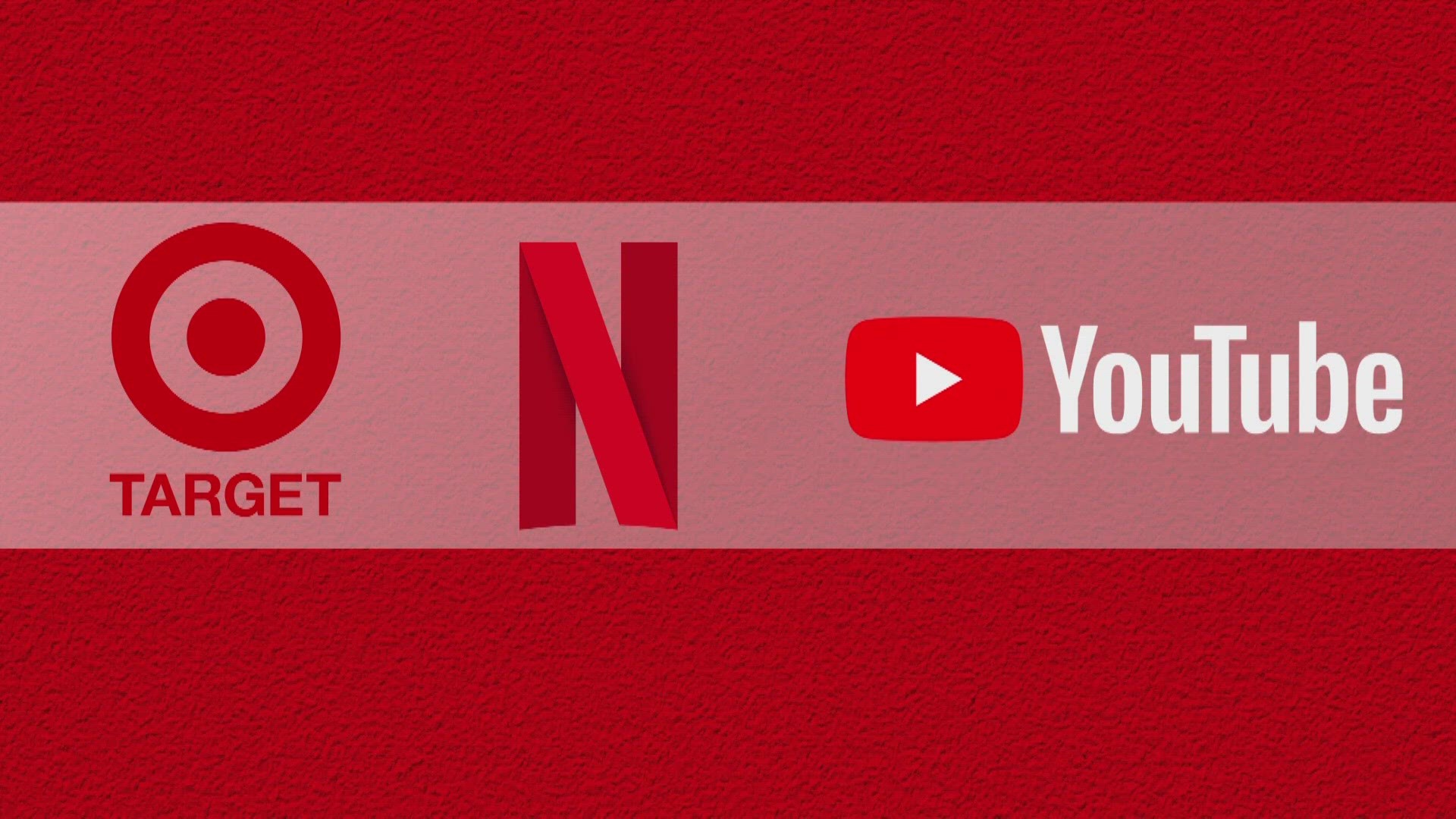WILLOUGHBY, Ohio — Do you ever feel rushed into making a purchase online? What makes us impulsively hit "buy"?
Experts say consumers are often getting sucked into impulsive purchases and overspending, and that companies know exactly how to use special tactics to separate us from our money.
"We often wonder why we go on websites and we feel so enticed to buy something," financial expert Ted Jenkin explained. "It's because these websites like Amazon and even airline companies out there have learned how to use colors and patterns and fonts to get us to spend more."
Those colors, patterns, and fonts are part of what experts call "dark patterns" used to lure us in for the purchase. Jenkin notes airlines are particularly good at these tactics.
"When you decide to get a seat and they show you the cabins — main, comfort, first class — in red lettering, there's a reason that it's red," he told 3News. "It will say something like 'Only three left at this price,' and this makes you feel what's called to be scarcity mentality [to make you think], 'I need to get this now or somebody's going to take my seat at this price.'"
Psychologist Lori Stevic-Rust says if we pay attention, we can spot these patterns in our lives far beyond marketing and sales.
"The concept of scarcity applies in our relationships, in our jobs, in our home life," Stevic-Rust said. "That unconscious knee-jerk [of] 'I feel deprived,' I'm afraid that I'm deprived, and so I've got to act impulsively.'"
So knowing our underlying emotions can be at play, how do colors really drive us to make choices and establish loyalty to a brand or a product?
"They can trigger all kinds of emotional reactions," Stevic-Rust answered. "Red is a sense of urgency, a sense of danger, a sense of excitement, and so anytime you want somebody to pay attention, it's in red."
Just look at brand logos themselves, like the attention-grabbing Target bullseye, and Netflix and YouTube reeling you in to watch. And don't forget our appetites: Dairy Queen, Nabisco, and Coca Cola are also all companies with recognizable "urgent" red branding.
As for other colors?
"Blue is the color of trustworthiness," Stevic-Rust said. "It's solid, it's steady. 'You can trust us. We've got history, we've got experience.'"
Sure enough, just look at Walmart, Ford, HP, Pfizer, and even Facebook. They're all blue, and all feeling familiar.
"The brain loves order and structure and routine," Stevic-Rust added. "So if it's a font that we're used to, if it's the way things are ordered, our brain naturally and habitually almost unconsciously gravitates to that."
So how do we stop getting sucked into the scarcity game? Jenkin says the most important thing you can do while shopping is to slow down.
"Slow down and read everything carefully," he noted. "Recognize that those companies are using colors to trigger behavior in your head because they know how we spend money."
"You have to pause long enough to do all of that cognitive conversation with yourself: 'Do I really need this?'" Stevic-Rust concurred. "So what happens if the sale goes away? What's the worst that's going to happen? Usually, when we can ask ourselves those questions, we're in a better position then to feel like we're in control."
And by the way, Jenkin says, there aren't necessarily only three seats left on the plane.
"There’s not a chance. Not one chance," he said. "This is like you having the Home Shopping Network on and thinking there's only 47 more George Foreman Grills left. I think at that moment it may be true, that they have three left 'at that price.' However, the computer doesn't tell you whether prices are going up or down. In fact, they could be going down. They only tell you there's three left 'at this price.'"
And once you do go ahead and purchase that plane ticket, should you go for the trip insurance, too? The same influences can be at play there, as well.
"When you check out, they always try to sell you trip insurance, and in the upper righthand corner, it’s generally in green, which means it's good," Jenkin explained. "It says 'recommended,' and when you see that, it makes you have that dark pattern to purchase that trip insurance when you don't necessarily need it."
"When it comes to things that put pressure on you, they're tapping into that feeling of fear," Stevic-Rust added. "So what happens if I take a trip and I don't buy the trip insurance and then I just lost a thousand dollars or even $300 or whatever I might be losing? Now you've planted the fear in me of when that unknown thing occurs."
Stevic-Rust says the consumer's superpower is to pause and really think about whether insurance makes sense for your trip. Jenkin admits it can be beneficial in some situations — for instance, if your trip is international or if your itinerary is very rigid at your destination with no room for error or changes.
But if you have flexibility, Jenkin encourages consumers to not overthink it, and to always read the fine print. Finally, don't overlook your credit card you used to purchase those flights. Many credit cards have perks that can include some form of flight insurance.

